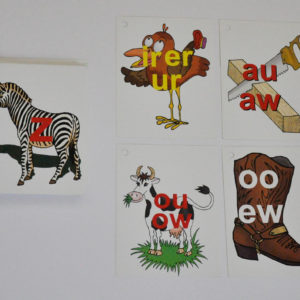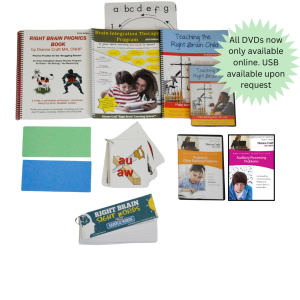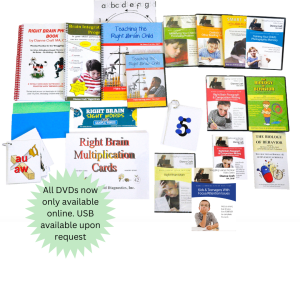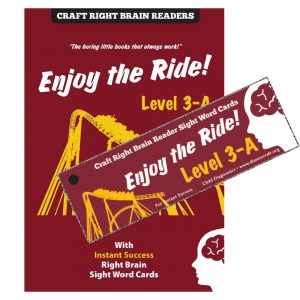You’ve been reading to your child since he or she was a baby, instilling the love to read in him or her early. You taught him or her his letter sounds in kindergarten and phonics later on. He or she knows how to read but consistently resists it. You’ve purchased books that have inviting covers that ooze with excitement. The books sit in the same place everyday, unopened by anyone but you. You love reading and you want your child to love it. But, you can’t make him or her love to read. What do you do now?
Despite the best efforts of many parents and teachers, many children never become recreational readers because they have a visual processing problem that is making reading more work than they want to do even though they love the information that they receive from books.
Symptoms of Stress in the Visual System
- Reading reversals (such as “was” for “saw” and “on” for “no”).
- Skipping of words or lines when reading.
- Rubbing of eyes after reading.
- Oral reading that is smooth at the beginning of the page but becomes more laborious the longer the child reads.
- Mispronunciation of simple words like “in,” “of,” and “to.”
- Preference for large-print books.
If your child or student exhibits some of these symptoms, it would be worthwhile to do some further investigating to determine the depth of this problem.
The Dianne Craft Right Brain Learning System uses a three-pronged approach to eliminating and reducing dyslexia and other reading problems:
- Brain Integration Therapy- midline therapy to train the eyes to work together as a team.
- Right Brain Reading- carefully designed phonics and oral reading program designed using the Orton Gillingham Method and visual reading strategies.
- Targeted nutrition- identify the nutritional causes of reading problems. Can it be DHA deficiency?






